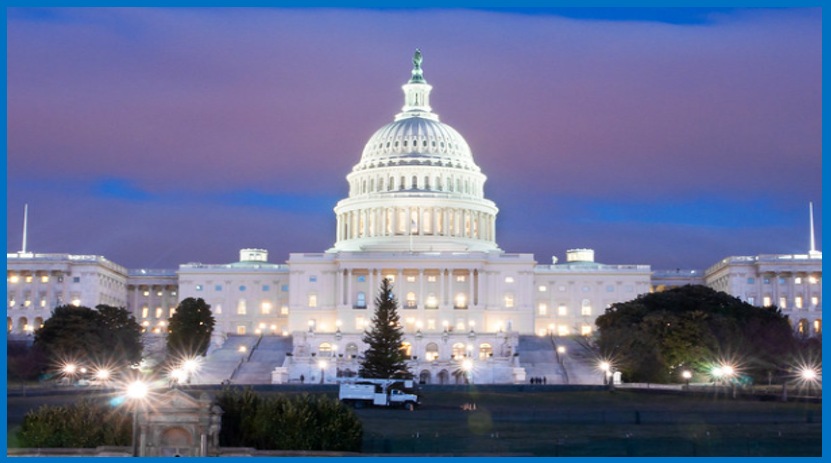Summary: The 2025 U.S. federal government shutdown has now surpassed all previous records, entering its 36th day. According to the Congressional Budget Office (CBO), the shutdown has already cost the economy at least $14 billion in lost output, with broader estimates placing the total impact closer to $20–25 billion once ripple effects on aviation, consumer spending, and social programs are included.
Record-Breaking Stalemate
The shutdown began on October 1, 2025, after Congress failed to pass appropriations for the new fiscal year. Disputes over federal spending levels, foreign aid rescissions, and healthcare subsidies have left the government at a standstill. The previous record of 35 days, set in 2018–2019, has now been surpassed.
Economic Toll
The CBO’s October 29, 2025 analysis projected that a shutdown lasting four to eight weeks would reduce GDP growth by 0.2–0.4 percentage points in the final quarter of the year, with an estimated $14 billion in direct losses from delayed federal spending and reduced output CBO, 2025.
However, independent economists and watchdogs note that this figure understates the secondary effects:
- Federal workforce: Nearly 900,000 employees are furloughed or working without pay, reducing household spending by an estimated $6–8 billion.
- Aviation: The U.S. Travel Association has previously estimated shutdown-related disruptions cost the travel sector $100 million per day. Over five weeks, this equates to $3–3.5 billion in losses.
- Social programs: Disruptions to SNAP benefits and housing assistance have cost retailers and families an estimated $2–3 billion.
- Small businesses: Delays in federal loans and contracts have stalled projects worth at least $2 billion.
Taken together, analysts place the realistic total cost at $20–25 billion as of early November.
Impact on Americans
The shutdown has left hundreds of thousands of families without paychecks, strained food assistance programs, and slowed housing transactions. Airports face mounting delays, while small businesses reliant on federal approvals or contracts are struggling to stay afloat.
Political Outlook
Despite multiple failed Senate votes, bipartisan talks are reportedly edging closer to a short-term deal that could reopen the government. However, any resolution may only provide temporary relief, with deeper disputes over spending and fiscal priorities still unresolved.
Broader Implications
The U.S. Government Accountability Office (GAO) has repeatedly warned that shutdowns undermine fiscal stability and public trust, while compounding the nation’s long-term debt challenges GAO, 2025. Beyond the billions already lost, the disruption risks weakening confidence in U.S. governance and could raise borrowing costs if political dysfunction persists.
In short: The 2025 shutdown has become the longest in U.S. history, with an estimated $20–25 billion in economic losses so far. While the CBO provides a conservative baseline of $14 billion, broader assessments suggest the true toll is significantly higher, with consequences for workers, businesses, and the nation’s fiscal credibility.
U.S.-Senatem-Capitol-Building-on-Flickr-by-ajagendorf25
References:
- Congressional Budget Office (2025), A Quantitative Analysis of the Effects of the Government Shutdown on the Economy CBO Report
- U.S. Government Accountability Office (2025), America’s Fiscal Future GAO Report
- USAFacts (2025), America in Facts 2025 USAFacts Report



